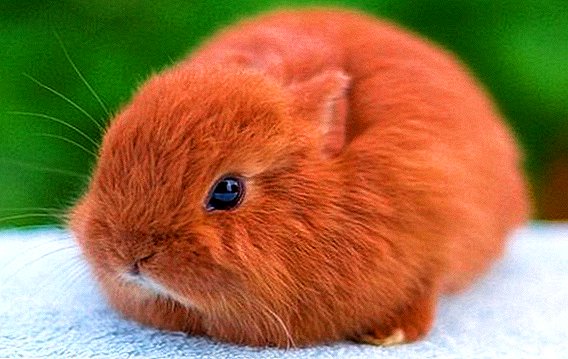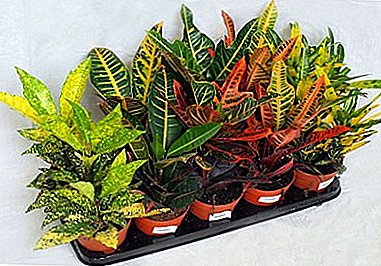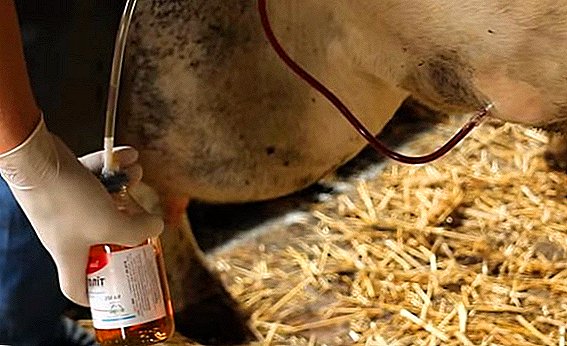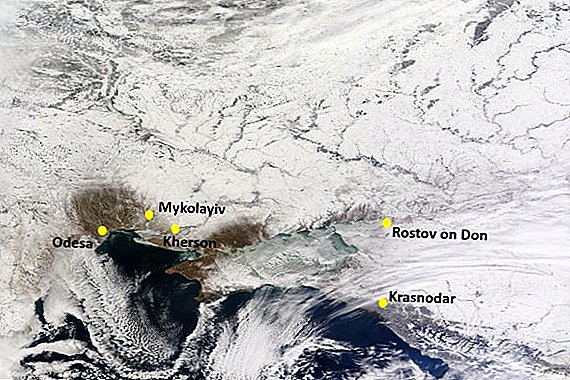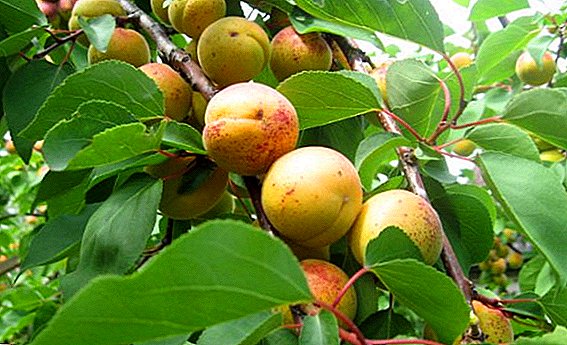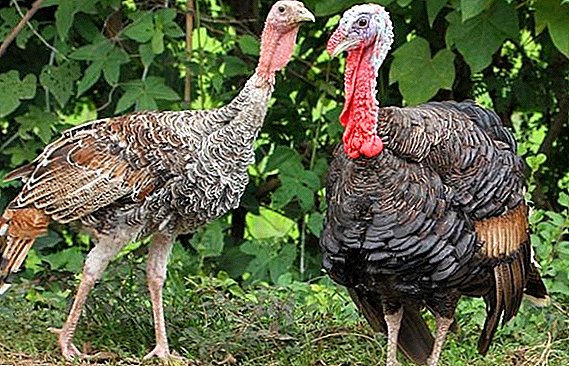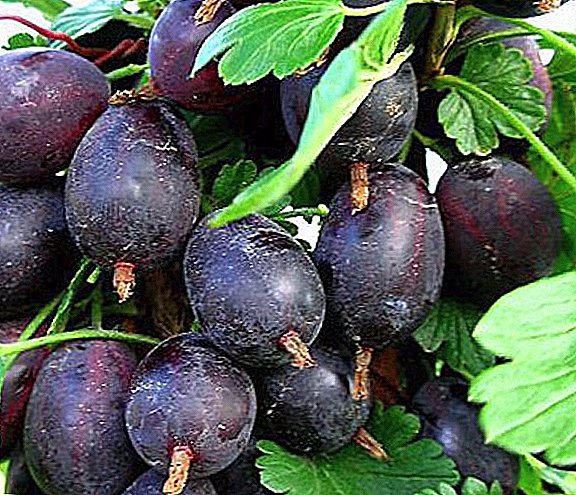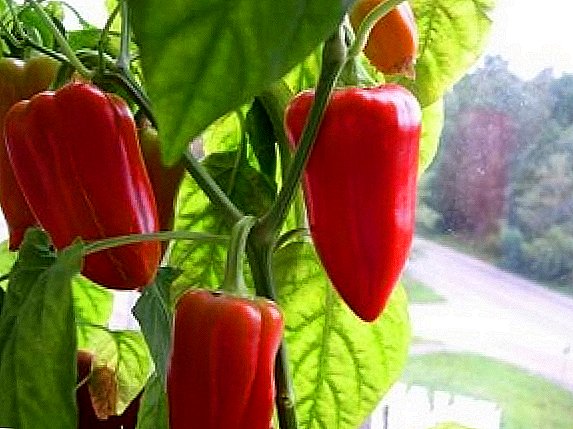
Pepper - is one of the vegetable crops, which contain a lot of useful vitamins.
Culture belongs to the genus Solanaceae. In our growing conditions, pepper is an annual plant.
Agrotechnical measures for pepper is a little easier than for tomatoes, since it is not necessary to stepchild.
The plant is grown for various culinary purposes and not only.
The process of growing this culture is a very creative process. And you need to do this thing only during a time when you have a great mood. And with this attitude, you will receive not only good seedlings, but also a high yield.
This article will tell you about all the moments of cultivation.
What features of the culture to consider when growing peppers?
There are biological and morphological characteristics of pepper that you need to know. We will tell about them below.
What refers to morphological characteristics:
- Power and thickness of the plant bush. Depending on the variety, the height and thickness of the plant can be different.
- The shape of the leaves and their length.
- The dimension of the fruit and their location on the bush. And also their coloring at different periods of maturation.
- The thickness of the walls of pepper.
- The root system of culture.
What are biological features:

- It is necessary to take into account the temperature at which the culture will grow.
- The second thing you need to know is the optimum moisture that pepper needs.
- Usually, peppers are grown without the use of the following measures: pinching and pasynkovanie. But there are exceptions, and nip can also increase crop yields.
- It is necessary to pay attention to the illumination of the place by sunlight for planting culture.
- An important factor is the soil on which the pepper will be planted. Culture does not tolerate acidic soils.
What should be the soil for pepper?
The soil for planting pepper must be both fertile and moist.
All the nuances of different soils:
- To improve the fertility of loamy soil, add sawn-up sawdust (in the amount of one bucket per square meter), manure (in the amount of one bucket) or peat (in the amount of two buckets).
- To improve the fertility of clay soil, two ingredients are introduced into it: coarse sand and rotted sawdust (each of them has one bucket).
- With the prevalence of peat soils, sod soil and humus are added (in the amount of one bucket per square meter).
- When sandy soils to improve their fertility add peat or clay soil, two buckets of humus and one bucket of sawdust.
To prepare the soil for planting pepper, it is fertilized. Per square meter you need to make: one glass of wood ash; superphosphate; one tablespoon of potassium sulfate and one teaspoon of urea.
After adding all the components soil needs to be dug, while making the beds thirty centimeters high. Next, the leveled surface of the earth is watered with a solution of water and a mullein (in the amount of half a liter per bucket of water) or a solution of sodium humate (at the rate of one tablespoon per bucket of water).
About four liters of mortar is consumed per square meter of land. After the event, the soil is ready for planting pepper.
There are the following varieties of pepper: sweet and spicy. Sweet varieties include: Gladiator, Litsey, Victoria, Yermak, Zaznayka and many others. Spicy varieties include: Chile, Ukrainian Bitter, Vietnamese Bouquet, and others.
Preparation of pepper seedlings and the necessary care for her

Pepper seedlings love organic fertilizers. It is possible to feed these fertilizers every ten days.
Spiked seedlings love foliar feeding. Kemira Kombi fertilizer is suitable for this, it contains a lot of trace elements. With diluted fertilizer solution you need to spray the leaves of the plant and the top and bottom. You need to hold this event in the early morning, before the sun rays appear.
Foliar feeding plants should be alternated with irrigation culture.
When it appears on the leaves of a yellowish color, this indicates a lack of nitrogen.
Must not forget water the culture and ensure that there is no waterlogging or drainage of the soil. Rare watering leads to falling leaves and wilting plants. And excessive watering leads to poor performance of the root system of the plant.
It is also interesting to read about the best varieties of sweet pepper.
How to plant pepper, the main nuances
Before planting, it is necessary to first harden the crop; this is done fourteen days before the pepper is planted in the ground. Hardening begins at a positive temperature of 15 degrees, and very slowly lower it, but not less than to + 11 ° C.
It is best to plant the pepper in the evening. It is necessary to observe the distance between the rows of about 65 cm and between 40 cm saplings. You can also use the square-nesting method (60x60 cm or 70x70 cm) and plant two or three plants in one well.
To maintain the plant from breaking down is necessary when planting set pegs (during the growth period, it is better not to install the pegs, since it is possible to harm the plant's root system) for which the bush will be tied in the future.
Pepper after planting takes root very slowly, in order to contribute to better air circulation in the soil, it is necessary to lightly loosen the soil around the pepper.
Pepper has a growing season averaging just over three months, so pepper seeds begin to be prepared from January. The timing of planting culture mainly depends on how the plant will take root in the open field. In warm areas, pepper seeds are planted until mid-March, and for the middle runway, they are planted in February. And in the ground planted in late May.
Scheme of planting pepper in the ground

In the third decade of May or early July, pepper seedlings are planted in the prepared beds.
The distance between rows should be about 60 cm, and the distance between seedlings 40 cm.
You can also use the square-nest method (60x60 cm or 70x70 cm) and plant two or three plants in one well.
If you plant several varieties of peppers, then they should be planted at the maximum distance between them, as the cultures pereopolylyaet.
What is the concern for culture?
In the fight against all sorts of diseases and pests (for example: white rot, black leg, Colorado potato beetle, various slugs) can help folk remedies.
Many cultures that grow alongside can also take care of their neighboring growing cultures, as well as protect them from various diseases and pests.
It is also possible to water the plant every fourteen days with various solutions for prophylactic purposes.
Caring for the crop is in the proper soil moistening, tying up the plant, weeding and feeding the plant.
Watering pepper in open ground is very important for the culture. The earth should be constantly wet. If the soil is dry, the plant may develop poorly. If there is a small atmospheric landing, then watering the crop should be reduced, and if precipitation is constant, then watering should be stopped altogether.
The optimal time of day for watering is morning, if the night was cold, and if the night was warm, then you can water both day and night. The water used is not cold, but warm.
Heavy soils are moistened in the amount of half a liter per bush, and light soils are watered at the rate of a liter per bush. It is better to water in the loosened soil one day on one side, and another day on the other. This method of watering does not form around a dense bark plant.
Top dressing cultures are carried out in three stages:

- The first stage is carried out after 15 days of planting the culture in the ground. To do this, prepare a solution of two tablespoons of urea and superphosphate and dilute it all into ten liters of water. And then under each culture pour a liter of this solution.
- The second stage of feeding is done during the flowering period of the crop. To do this, take a teaspoon of urea, potassium sulfate and two tablespoons of superphosphate and diluted with 10 liters of water. Watered the same amount as in the first case.
- The third stage is carried out in the period of the appearance of the first fruits. To do this, take the following components: two teaspoons of potassium salt and two teaspoons of superphosphate and diluted with 10 liters of water. Water, as in those two stages.
Loosening the soil under the crop should be done with utmost care. Culture roots are located very close to the surface, so you need to monitor the depth of loosening.




